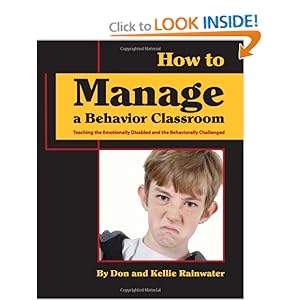They can oath receive and assimilate sensory stimuli. But have difficulty in expressing the results.
Classification and frequency
- Physically and neurologically disabled (0.3)
- Language and speech disabled (0.7)
- Affectively disabled (0.9)
- Chronically disabled
Main characteristics
- Limited motion
- Heightened aggressive behavior
- Egocentric
- Normally gifted
- Normal intelligence;social inhibited; weak family environ end
- Limited conscious less of norms; social deviant behavior;anxiety
- Weak family environ end
- Chronic diseases;tuberculosis;diabetes:such people are often very egocentric
- They require mostly much attention, kindness; are in need of help but may use this as a defense mechanism
Details about pastoral care
- The word service should not be made difficult
- Pastoral care should be a moment of meeting in peace and affirmation
- The process is very slow
- Personal bonds are needed
- The aspects of suffering and acceptance ha e to be highlighted
- Egocentrism can be moderated through universal bond with the Church
Possibilities and limitations with regard to catechesis and liturgy
- All theses groups are open to liturgy and catechesis
- Active anticipation in liturgy
- Respect for their own rhythm
- The problematic of suffering
- No infantile treatment of the Faith content
- The Church as a group of friends
- Christ as the One who delivers and grants peace morality problems and sacramentality
- Stressing the meaning of suffering “fill u what is lacking in Christ’s suffering”
- The resurrection perspective as a process leading to the finial aim of creation.



0 comments:
Post a Comment